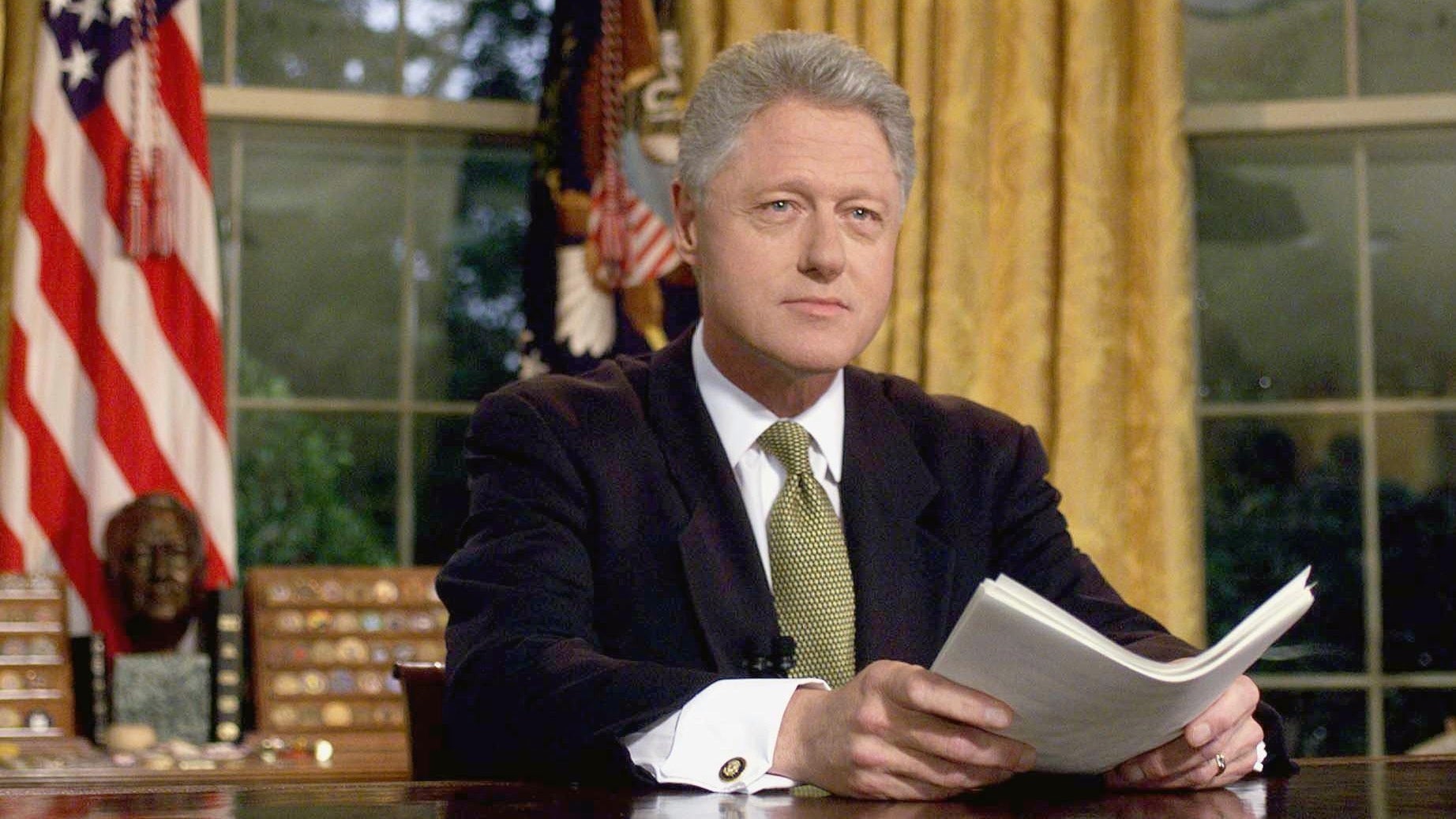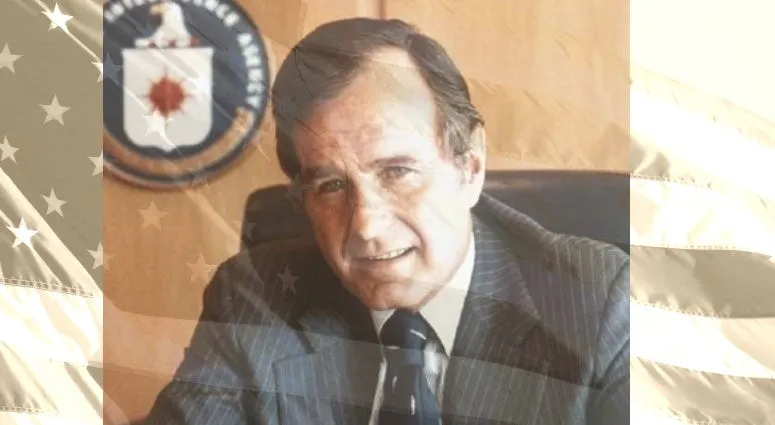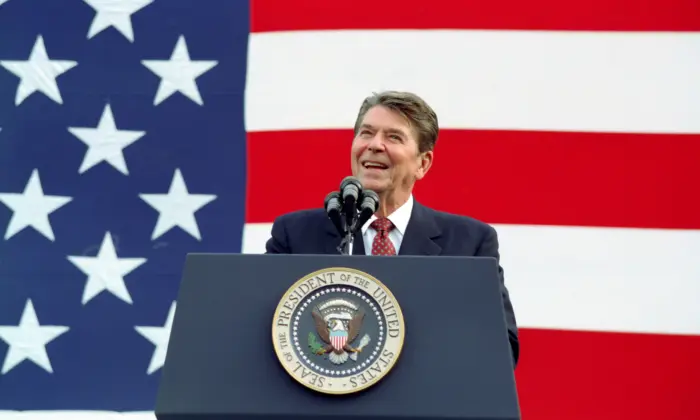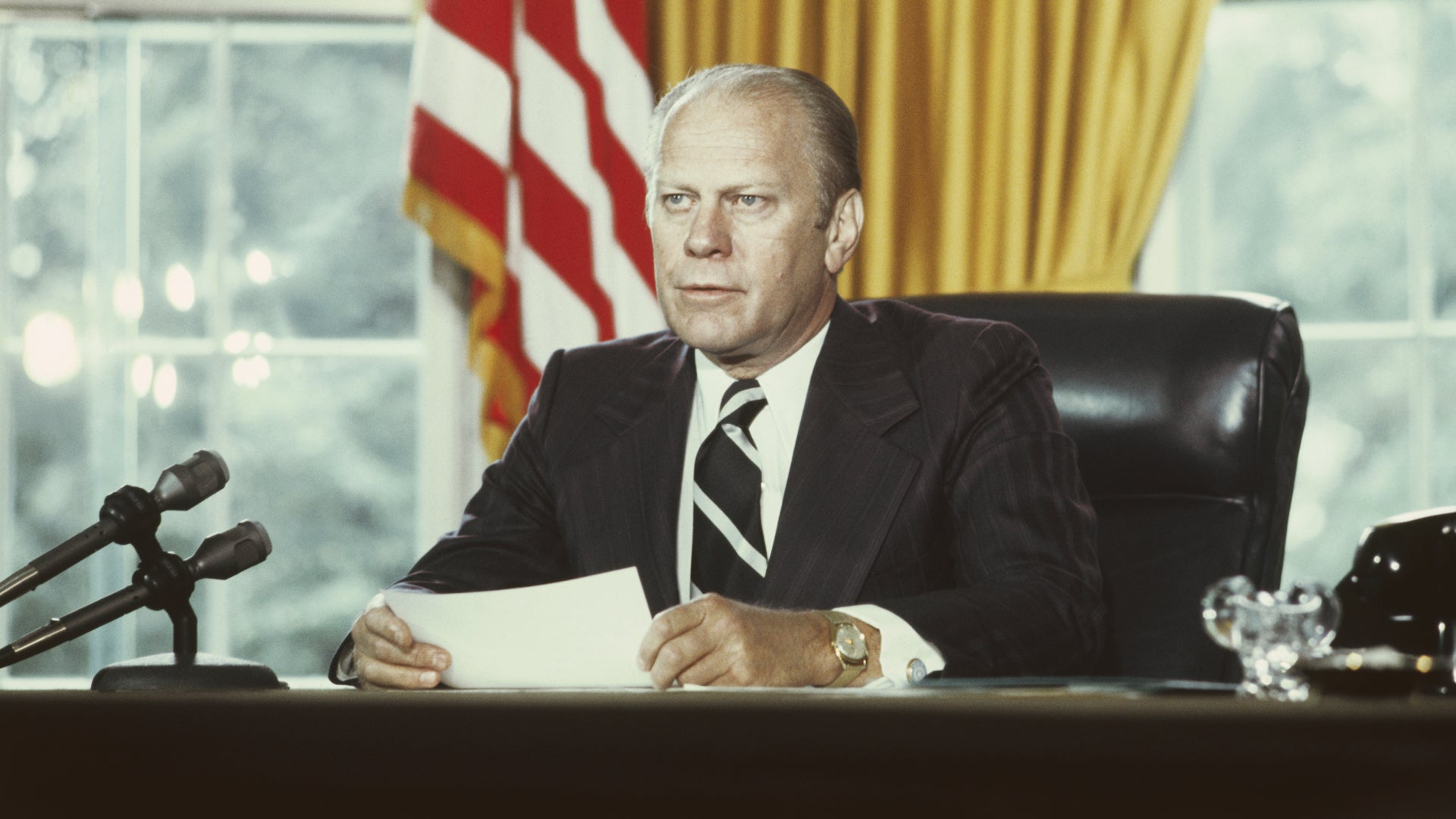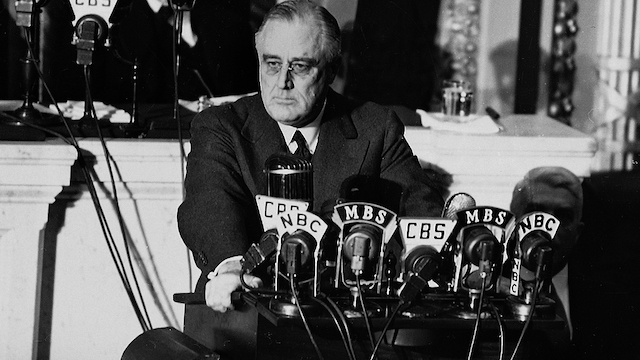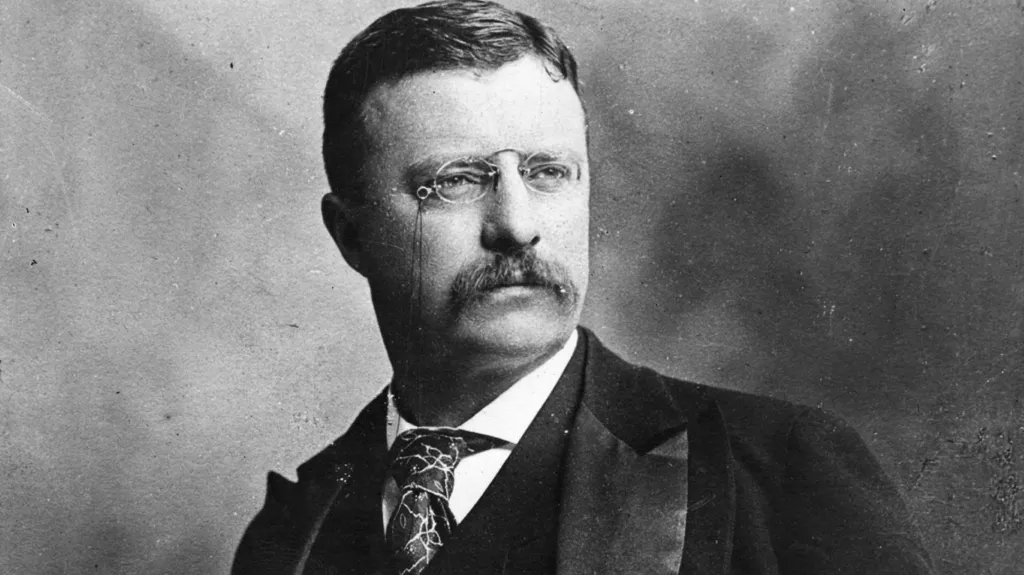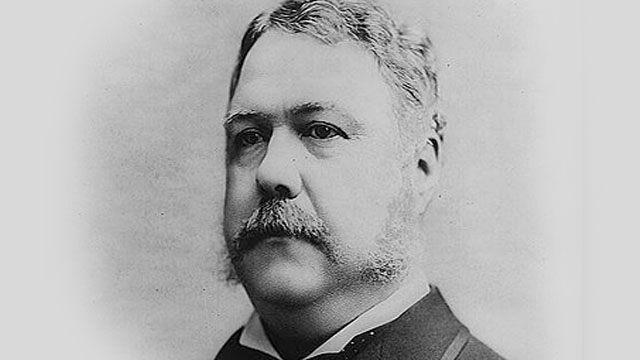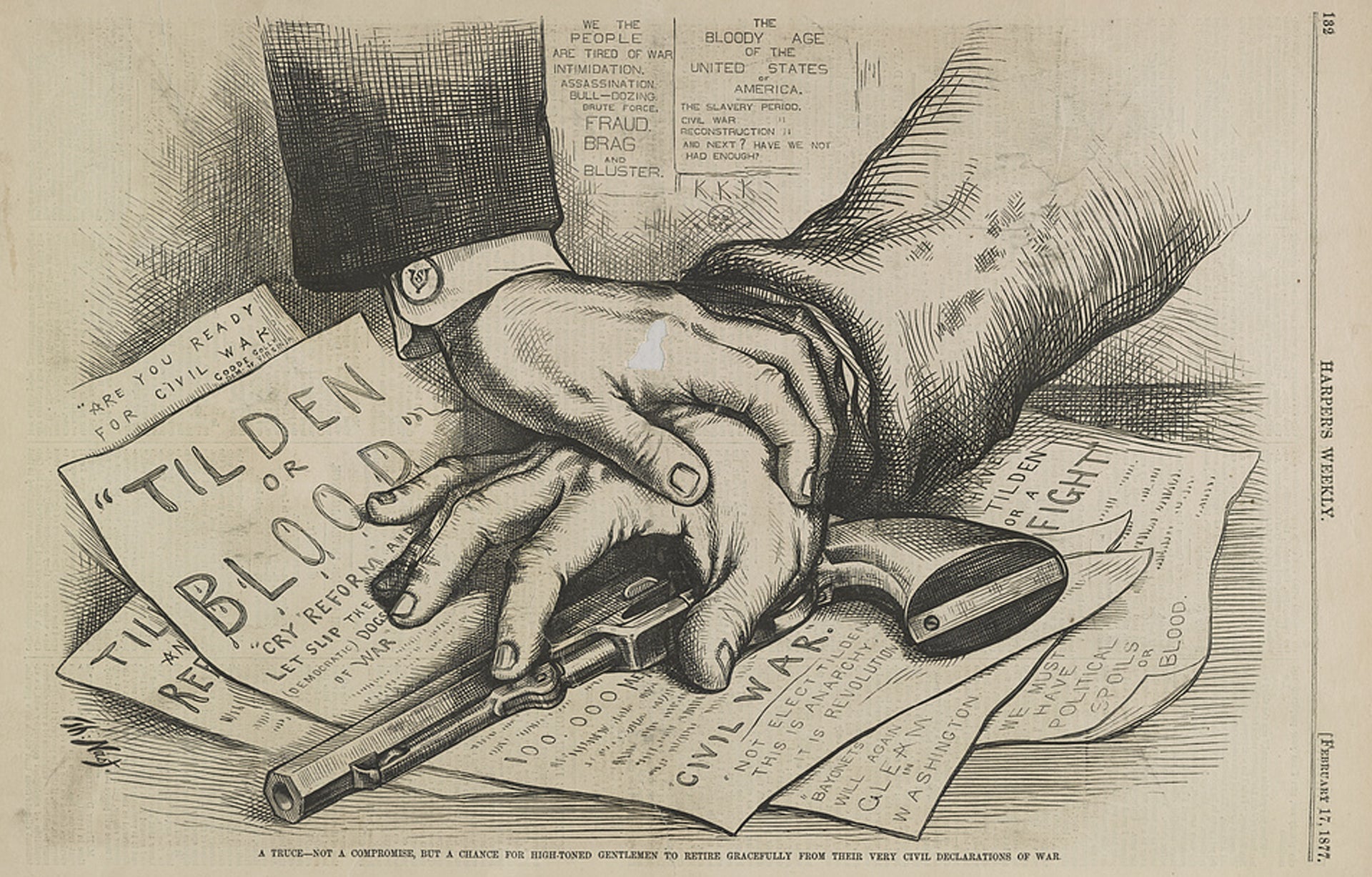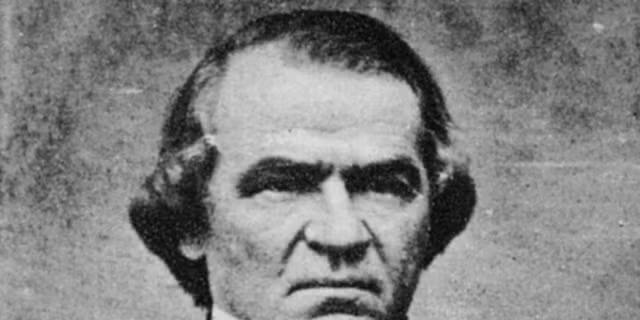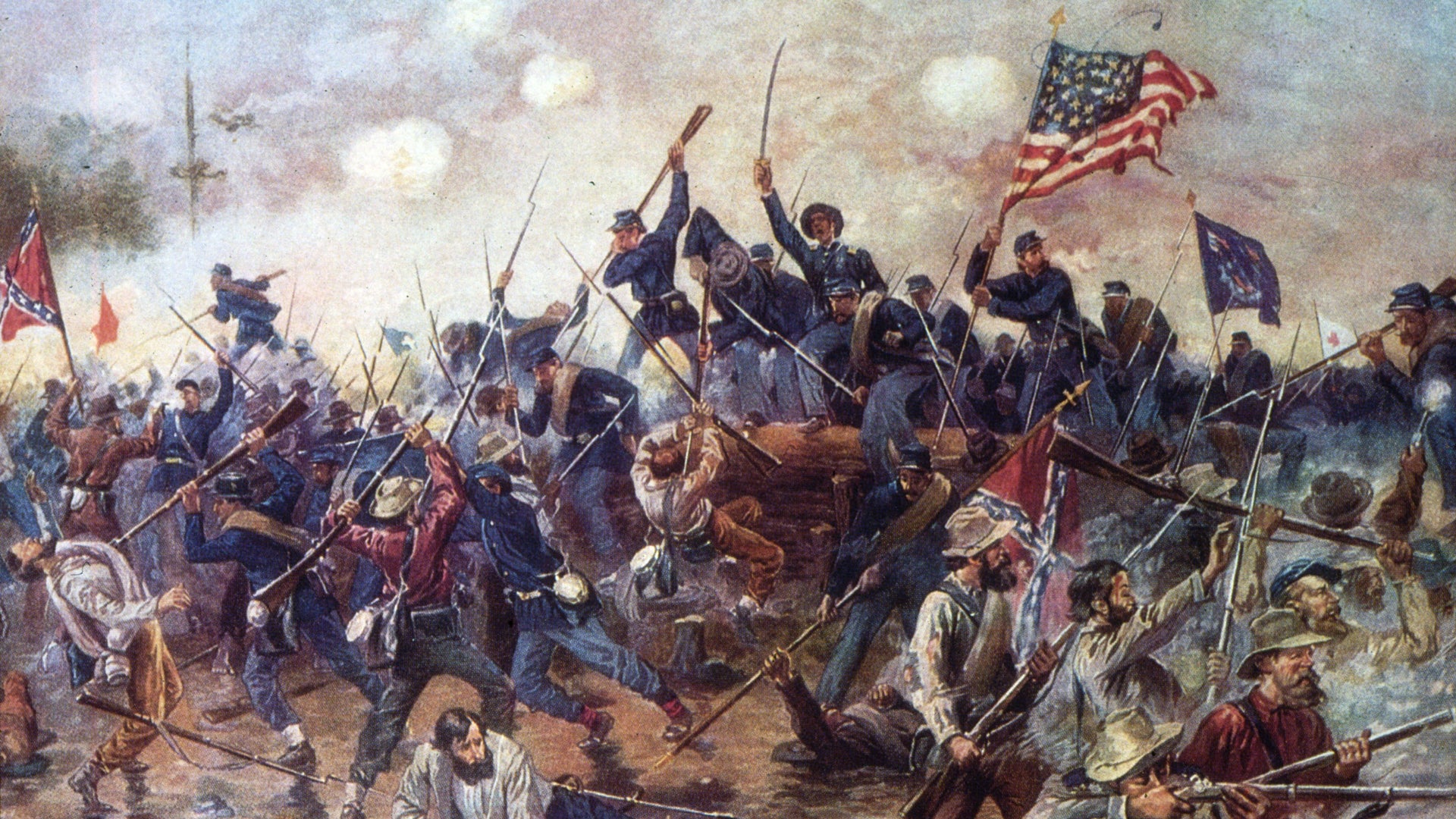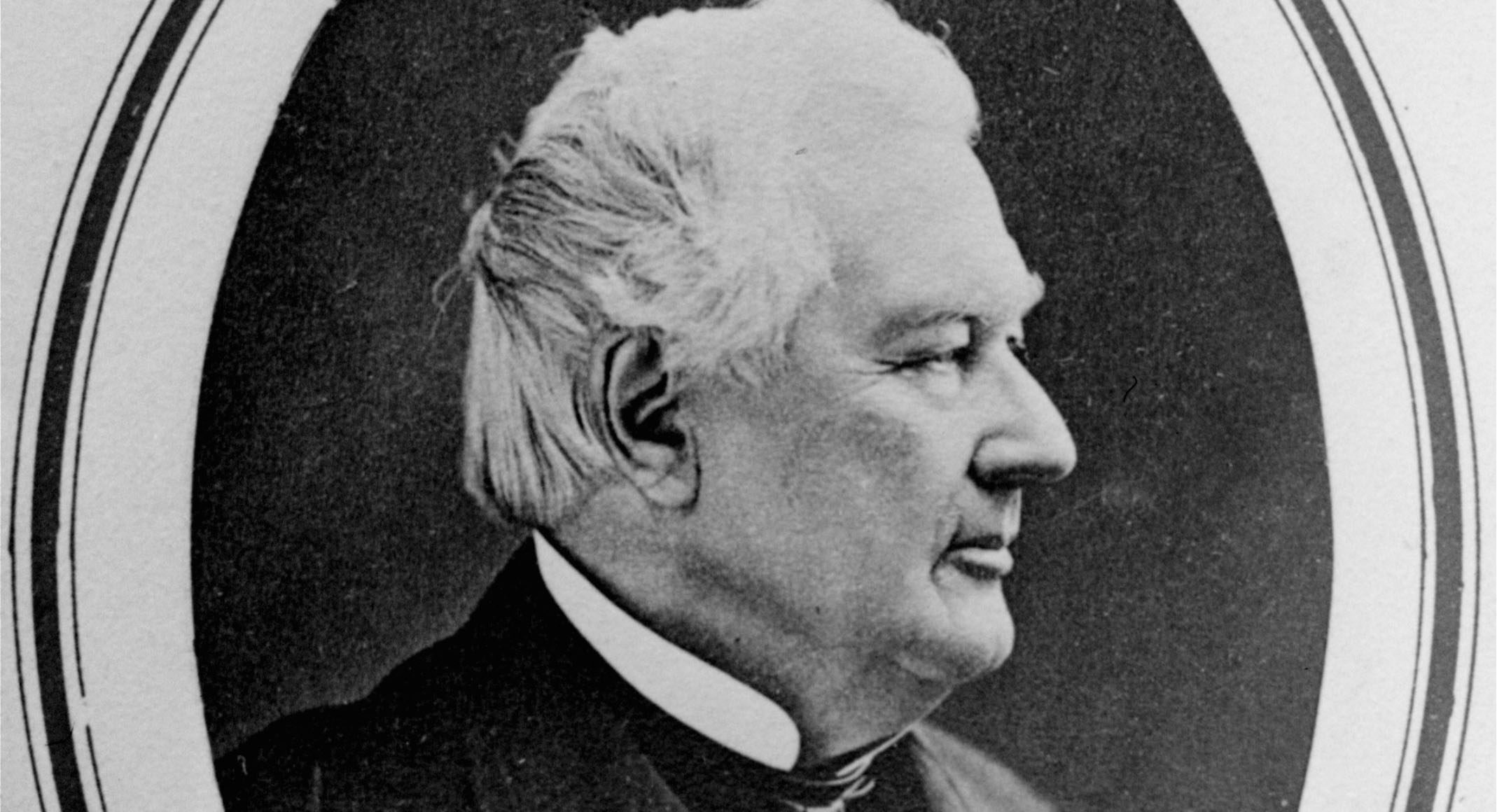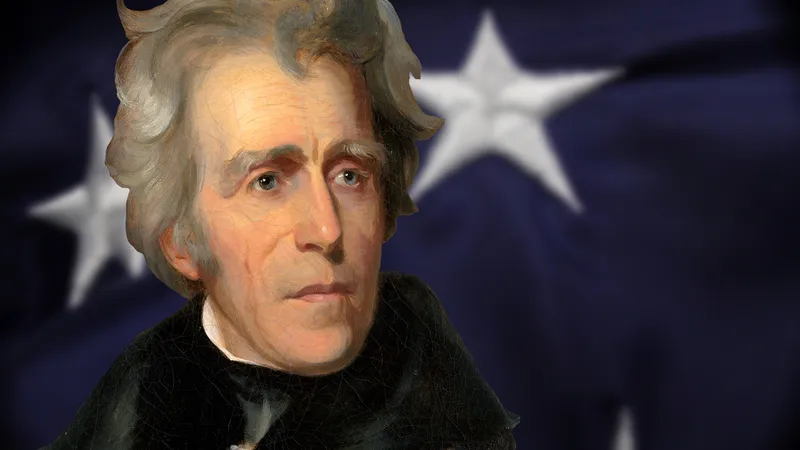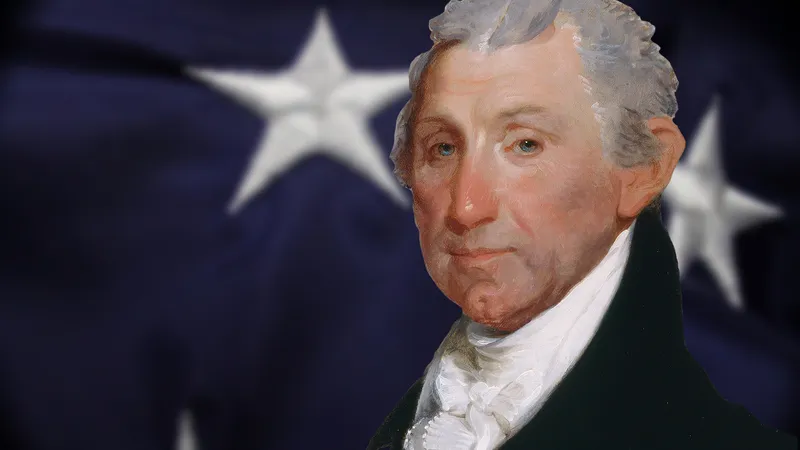marydilip.info – On January 6, 1941, President Franklin D. Roosevelt delivered his annual State of the Union address to Congress. It was an address that would resonate far beyond the halls of American politics, shaping not only the future of the United States but also the global vision for a post-war world. At the heart of Roosevelt’s speech were what he called “The Four Freedoms,” a set of fundamental human rights that he believed all people, regardless of nationality, deserved. These freedoms—freedom of speech, freedom of worship, freedom from want, and freedom from fear—became central to Roosevelt’s vision for a world built on peace, security, and human dignity.
This article explores the origins, significance, and enduring legacy of the Four Freedoms, delving into how they encapsulated Roosevelt’s ideals, galvanized support during World War II, and inspired international human rights movements in the decades that followed.
The Context of Roosevelt’s Speech
The Global Situation in 1941
When Franklin D. Roosevelt gave his Four Freedoms speech, the world was already deeply embroiled in the turmoil of World War II. Europe was largely under Nazi occupation, the United Kingdom was enduring relentless bombings by German forces, and authoritarian regimes were rising in various parts of the world, threatening global stability and human rights.
Although the United States had not yet entered the war, Roosevelt knew that the country could not remain isolated from global events for long. He saw the rise of fascism, totalitarianism, and militarism as existential threats not only to world peace but to the values of democracy, freedom, and human dignity that the United States held dear. He believed that the war against these forces of oppression was not just a military conflict but a moral one, with the future of humanity hanging in the balance.
A Call to Action
In his State of the Union address, Roosevelt was not only laying out a framework for American involvement in the war; he was also defining a vision of what the world should look like after the war. His Four Freedoms were meant to serve as a guiding principle for a better world—one where the horrors of war, dictatorship, and economic hardship would be replaced by peace, security, and opportunity.
As Roosevelt famously declared, “In the future days, which we seek to make secure, we look forward to a world founded upon four essential human freedoms.”
The Four Freedoms Defined
1. Freedom of Speech
Roosevelt’s first freedom, freedom of speech, was deeply rooted in the ideals of American democracy. The ability to express one’s opinions without fear of censorship or punishment had been a cornerstone of American life since the drafting of the Constitution. However, in 1941, much of the world was living under regimes where free speech was severely restricted or entirely nonexistent. Totalitarian governments in Europe and Asia silenced dissent, oppressed minority voices, and controlled the media to maintain their grip on power.
Roosevelt envisioned a world where every person, in every corner of the globe, would have the right to speak their mind freely, without fear of retribution. This was not merely a call for political speech but for the broader right to express ideas, beliefs, and information that could foster dialogue, understanding, and progress. Roosevelt’s vision of free speech extended beyond national borders and envisioned a future in which this fundamental right was respected universally.
2. Freedom of Worship
The second freedom, freedom of worship, emphasized the right of individuals to practice their religion without interference or persecution. Roosevelt was deeply aware of the religious intolerance and persecution that was rampant in Nazi-occupied Europe, where Jewish communities were being systematically oppressed, leading to the Holocaust. Elsewhere, authoritarian regimes often sought to suppress or control religious institutions to prevent them from becoming centers of opposition.
Roosevelt’s call for freedom of worship went beyond just tolerance; it was a plea for mutual respect and the recognition of religious diversity as a source of strength. He believed that people should have the right to worship (or not worship) according to their conscience and that governments should not impose any single religion or restrict the practice of others. This freedom was a fundamental part of his vision for a pluralistic, democratic society where religious freedom was a core component of human rights.
3. Freedom from Want
Roosevelt’s third freedom, freedom from want, addressed the economic aspect of human rights. The Great Depression, which Roosevelt had faced head-on as president, had revealed the devastating effects of poverty, unemployment, and economic inequality. Millions of people across the globe were living in desperate conditions, and in many countries, social and economic justice seemed like an unattainable dream.
Roosevelt believed that true freedom could not exist in the absence of economic security. Freedom from want meant ensuring that every person had access to basic necessities—food, clothing, shelter, and the opportunity to earn a living. Roosevelt’s New Deal policies at home, which aimed to reduce poverty and provide social security, were reflective of this principle, and he wanted to extend these ideas to the global stage. Roosevelt envisioned a post-war world where no one would suffer from hunger or homelessness, and where nations worked together to alleviate poverty and ensure prosperity for all.
4. Freedom from Fear
The final freedom, freedom from fear, reflected Roosevelt’s desire for a world free from the threat of aggression and violence. At the time of his speech, much of Europe and Asia was living in fear of military occupation, war, and dictatorship. The rise of fascist regimes and the growing militarism of nations like Nazi Germany, Italy, and Japan had brought the world to the brink of destruction.
Roosevelt’s vision for freedom from fear was a call for disarmament, international cooperation, and the prevention of future conflicts. He hoped for a world where nations would resolve their differences through diplomacy, rather than through war, and where people would no longer live in constant fear of violence, whether from their own governments or from external threats. This freedom also emphasized the importance of creating a system of collective security that would ensure peace and stability for all nations.
The Impact of the Four Freedoms During World War II
Mobilizing American Support for the War
Roosevelt’s articulation of the Four Freedoms was a pivotal moment in shaping public opinion in the United States. Although the country had not yet entered World War II, Roosevelt was preparing the American people for the inevitable involvement. By framing the war as a struggle for fundamental human rights, he was able to rally support not just for the defense of American interests but for the defense of universal values.
The Four Freedoms helped to shift the narrative from a narrow, nationalistic view of the war to one that encompassed the global fight for democracy, human rights, and freedom from oppression. This vision resonated with many Americans, who saw the war as an opportunity to build a better world, free from the scourge of tyranny and fear.
The Atlantic Charter
The Four Freedoms also had a profound influence on international diplomacy. In August 1941, Roosevelt met with British Prime Minister Winston Churchill off the coast of Newfoundland to draft what would become known as the Atlantic Charter. This document outlined the shared goals of the United States and the United Kingdom for the post-war world and incorporated many of the ideals that Roosevelt had expressed in his Four Freedoms speech.
The Atlantic Charter called for self-determination, free trade, disarmament, and the establishment of a system of collective security to prevent future wars. It became a foundational document for the Allied war effort and would later serve as a blueprint for the formation of the United Nations.
The Legacy of the Four Freedoms
The United Nations and Human Rights
Perhaps the most enduring legacy of the Four Freedoms is their influence on the creation of the United Nations and the development of international human rights law. In the aftermath of World War II, world leaders recognized the need for a new global organization that could promote peace, security, and cooperation among nations. The United Nations was founded in 1945, with the principles of the Four Freedoms serving as a guiding framework for its mission.
Roosevelt’s vision of a world based on fundamental human rights was further enshrined in the Universal Declaration of Human Rights, adopted by the United Nations General Assembly in 1948. The Declaration, which Eleanor Roosevelt—FDR’s widow—played a key role in drafting, echoed many of the ideals expressed in the Four Freedoms speech. It proclaimed the inherent dignity and rights of all human beings and established a global standard for human rights that continues to shape international law and policy today.
Cultural Influence: Norman Rockwell and the Four Freedoms
The Four Freedoms also had a profound cultural impact in the United States. In 1943, the artist Norman Rockwell created a series of paintings inspired by Roosevelt’s Four Freedoms. These iconic images—depicting everyday Americans enjoying the freedoms of speech, worship, from want, and from fear—were published in the popular magazine The Saturday Evening Post and became a major part of the American war effort.
Rockwell’s paintings helped to bring the abstract ideas of the Four Freedoms to life, making them accessible and relatable to the American public. The images were used in government war bond campaigns and became enduring symbols of the values the United States was fighting to protect.
Continuing Relevance in the 21st Century
Roosevelt’s Four Freedoms remain relevant in the 21st century as the world continues to grapple with issues of human rights, economic inequality, and conflict. In an era marked by rising authoritarianism, economic disparity, and global insecurity, the principles Roosevelt articulated in 1941 still resonate. They serve as a reminder that the pursuit of freedom is a continuous struggle, one that requires vigilance, cooperation, and a commitment to the dignity and rights of all people.
Organizations such as Freedom House and the Four Freedoms Foundation continue to promote the ideals Roosevelt championed, and the Four Freedoms themselves are frequently invoked in discussions about human rights, democracy, and global security.
Conclusion
Franklin D. Roosevelt’s Four Freedoms were more than just a rallying cry for the war effort; they were a bold and visionary statement about the kind of world that could emerge from the ashes of global conflict. Roosevelt’s call for freedom of speech, freedom of worship, freedom from want, and freedom from fear continues to inspire movements for human rights and justice worldwide.
As we reflect on Roosevelt’s legacy, it is clear that his Four Freedoms not only helped define the goals of the Allied effort in World War II but also set the stage for the international human rights framework that we take for granted today. Roosevelt’s vision remains as relevant now as it was in 1941, offering a powerful reminder that freedom is not a privilege for the few but a right for all humanity.

